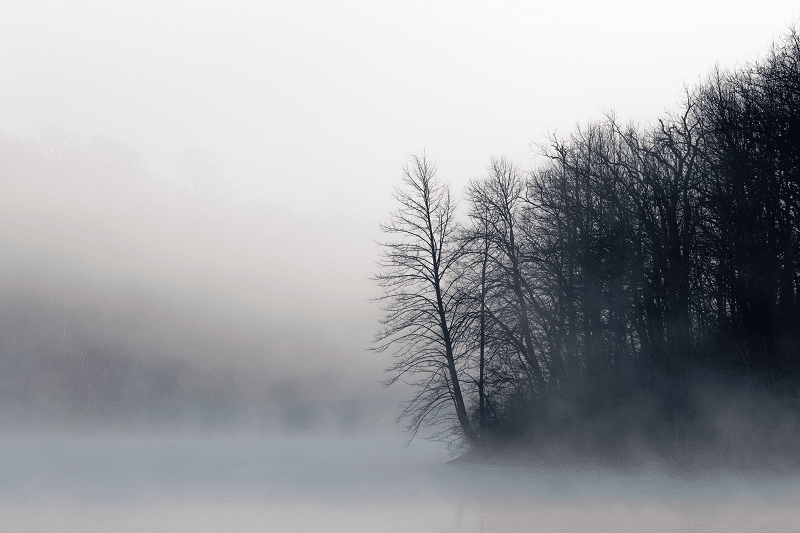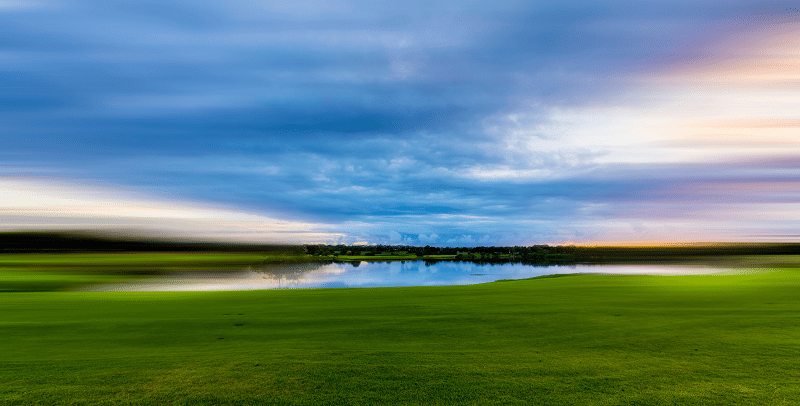In a world filled with complex and busy images, minimalist photography offers a refreshing alternative. The simplicity and elegance of minimalist images can have a calming effect and tell a powerful story.
This approach allows photographers to see familiar scenes from a fresh perspective, eliminating unnecessary elements and capturing the essence of a subject.
By removing distractions and focusing on essential elements, minimalist photography brings out the true beauty and meaning of a scene.
Sometimes, the instinct to capture everything in a single shot leads to busy and cluttered images. However, by adopting a minimalist approach, photographers can strip down the composition to its barest form, allowing the inherent beauty and significance to shine through.
If you are interested in creating minimalist images, here are some tips to get you started:

Image by: John Westrock
Consider Your Location
When it comes to minimalist photography, location plays a crucial role. While minimalist images can be created anywhere, certain locations lend themselves beautifully to this style.
• The Seaside: Coastal areas often provide vast stretches of simplicity, making it easy to highlight a main focal point without distractions. The dramatic skies and waves can enhance the image without overwhelming it.
• The Desert: The remote and expansive desert landscapes are perfect for creating striking minimalist images that emphasize the vastness and scale of the surroundings.
• Fields: Fields filled with grass or wheat can offer a peaceful and uncluttered setting for minimalist photography. Utilizing long exposures on breezy days can create a soft blur effect, reducing details and enhancing the minimalist quality.
Consider Your Composition
When shooting minimalist images, composition becomes even more critical. The absence of intricate details requires careful consideration of composition elements.
• Leave Plenty of Space: Despite focusing on minimalism, it is important to leave sufficient space in your image. Consider the placement of your focal point and ensure there is ample room around it to let it breathe.
• Choose a Strong Focal Point: Minimalist shots, like any other image, benefit from a strong focal point. Look for natural elements that catch your eye and can tell a story on their own. A lone tree, a large boulder, or an abandoned house can make for compelling focal points.
• Rule of Thirds: The rule of thirds is a valuable technique for positioning the focal point in a visually appealing way. It can be applied in minimalist photography to create balance and harmony in the composition.
• Look for Light and Shadows: Light and shadows can play a significant role in minimalist images. Be mindful of those moments when light shines through clouds, adding color or emphasizing the texture of the landscape. Shadows can also contribute to beautifully minimalist compositions.
• Try a Long Exposure: Long exposures can add interesting details to minimalist images. Consider using a long exposure to softly blur clouds or water, further simplifying the image. A tripod is essential for stable long exposure shots.

Image by: Igor Kasalovic
Bring the Right Gear
While there are no strict rules about the gear needed for minimalist photography, certain equipment can enhance your chances of success.
• Lens: Wide-angle lenses are popular among landscape photographers, but using a longer lens can provide a different perspective for minimalist images. Telephoto lenses allow you to zoom in and focus on specific elements while removing distractions.
• Tripod: Always bring a tripod to ensure stability and the ability to capture clear shots. It is particularly essential for long exposures and precise composition.
Capturing minimalist images is a highly effective way to showcase the beauty of the world in a simple yet compelling manner. Remember, sometimes less is more, and the power of minimalism lies in its ability to evoke emotions and convey meaning with fewer elements.

